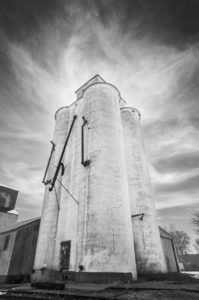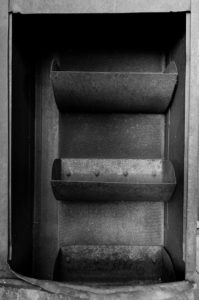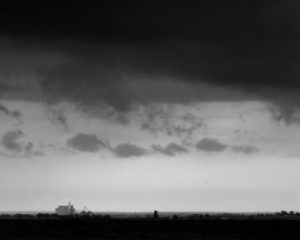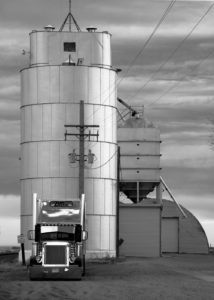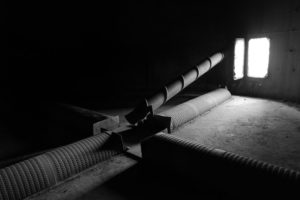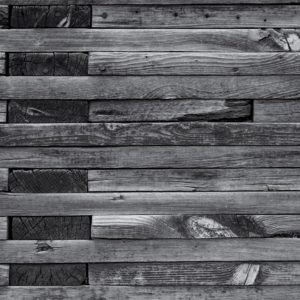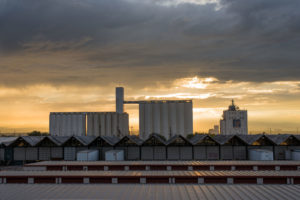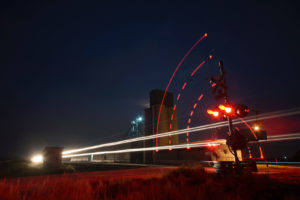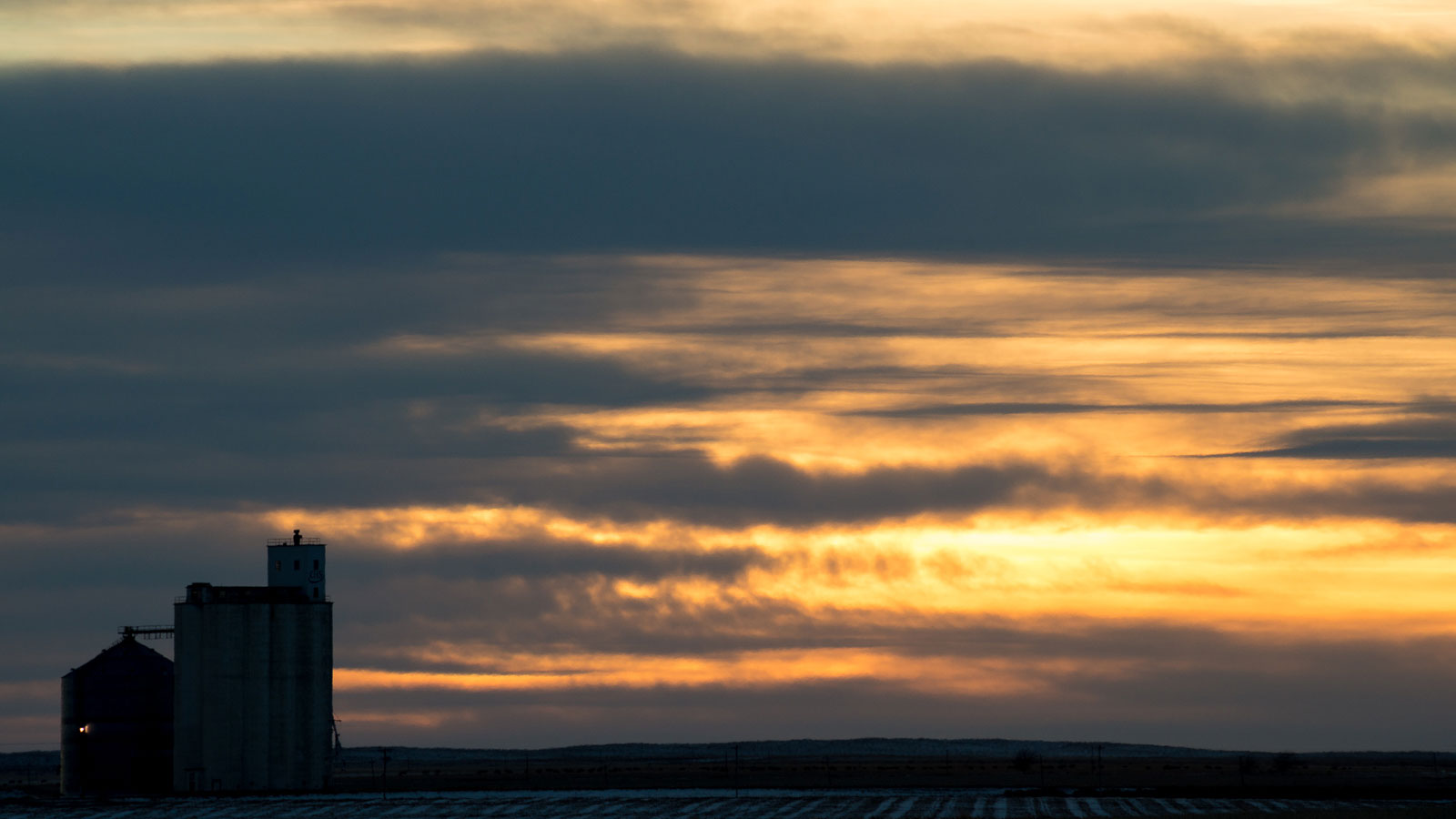
Grain elevators have fascinated me as long as I can remember. Growing up in the Midwest meant seeing these unique buildings along the tracks of even the smallest communities. Symbolic of the agrarian roots of the region, they were often the tallest and most imposing structures in farm belt towns. Along the granger railroads that I grew up with, the grain elevator was as much a fixture of the trackside infrastructure as the depot. Because of that, grain elevators have long played a role in my railroad photography—so much so that I often made an effort to photograph them even if there wasn’t a train around for miles.
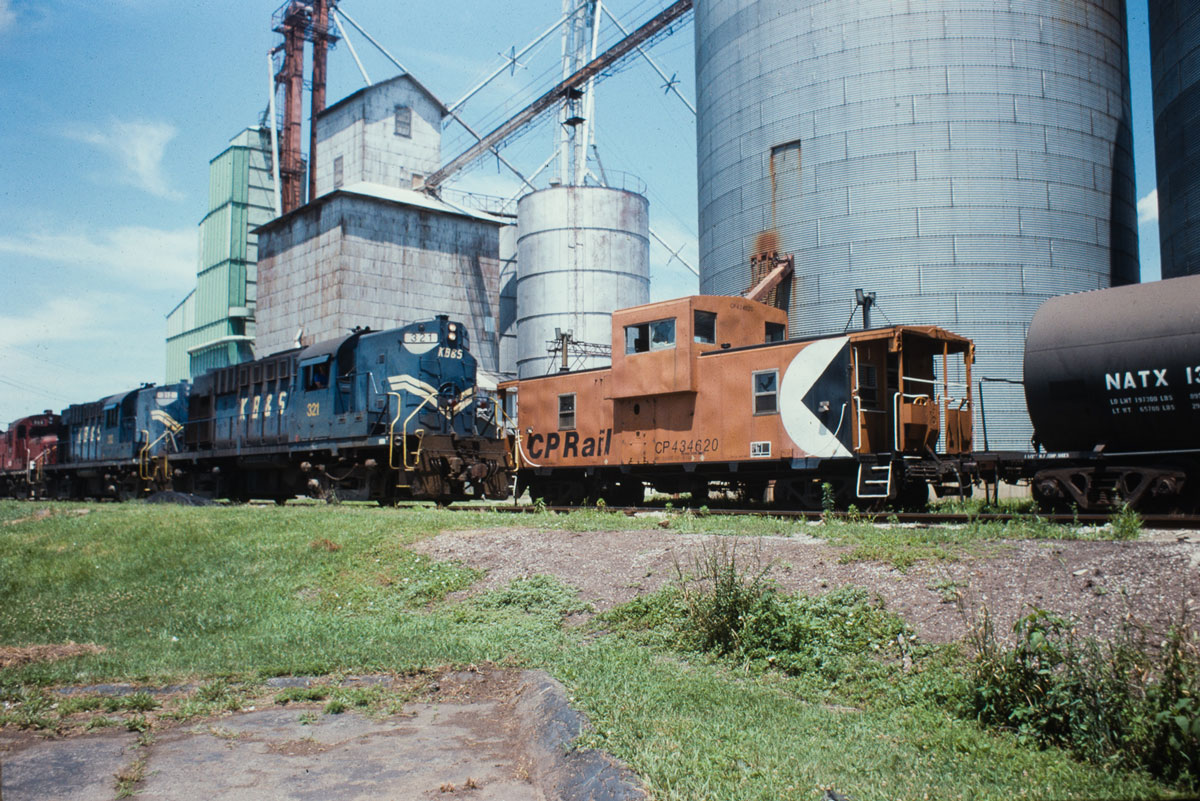
When I moved to Denver, Colorado in 2001, I was enthralled to find that the grain elevator was as prevalent on the high plains of eastern Colorado as it was back home in Illinois. Once again, I found myself taking photos of these magnificent structures. Something happened in early 2010 that really sealed my commitment to this exercise. One day while driving past Bennett, CO, I noticed that the old wooden elevator there was no more! Seeing the bare ground where the elevator had once stood hit me hard. Shortly thereafter, I decided that I really wanted to start documenting as many of Colorado’s remaining elevators as I could before other elevators suffered a similar fate.
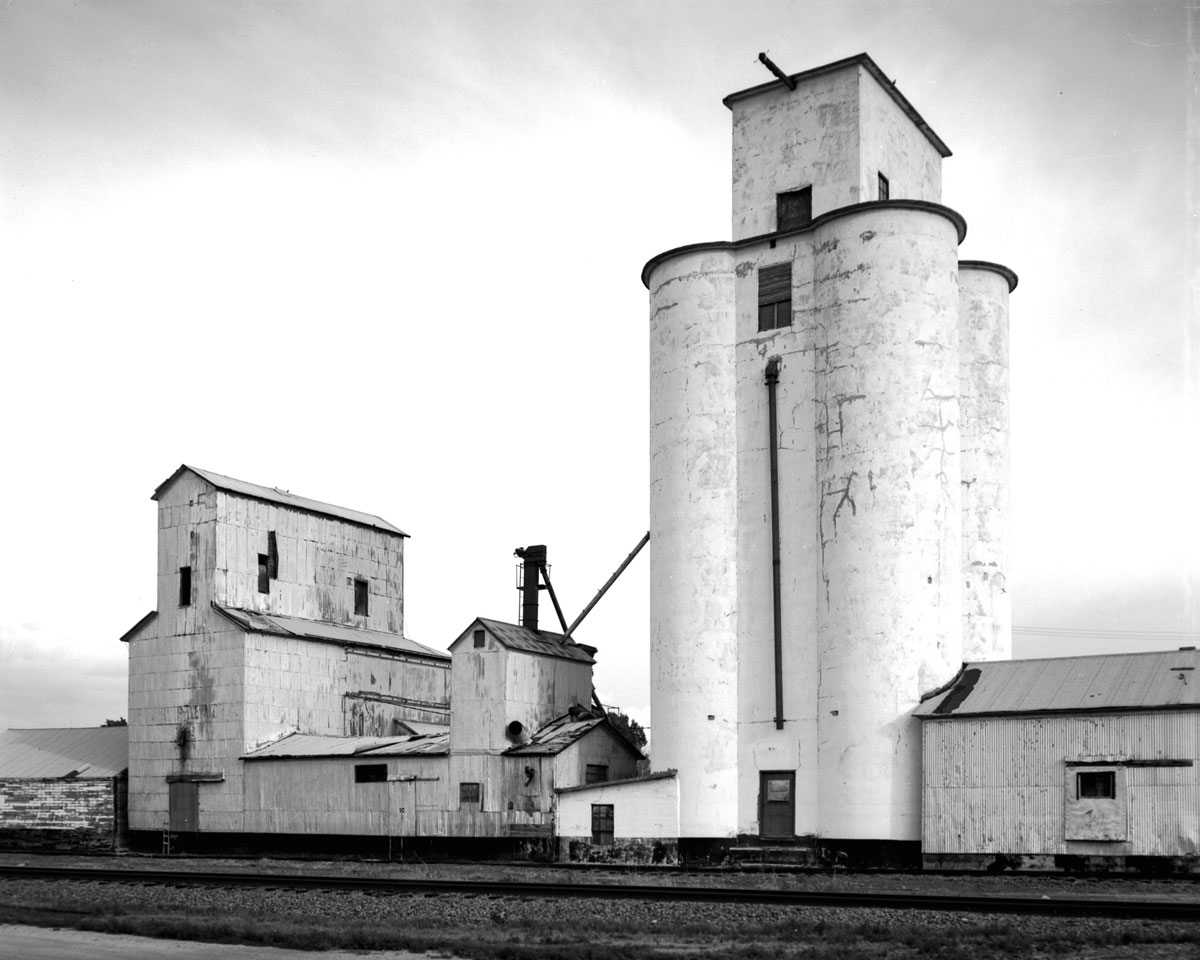
My initial efforts were about as documentary as a three-quarters wedge shot is of a locomotive. I tried to shoot with good light but the compositions were all similarly nondescript. They were serviceable as illustrations but hardly noteworthy in any artistic way. I think my goal at the time was merely to photograph as many as I could before they were gone. On a very cold February 18th, 2012, though, that all changed. I arrived before dawn to get morning light on the Eastlake elevator north of Denver. When I arrived, there was a really nice crescent moon just begging to be photographed. I had my tripod and quickly set-up to photograph a “blue hour” shot of the elevator, something I hadn’t tried yet. When I got home and compared that image against my more typical shot after sunrise, I was smitten by the additional grace and beauty of the moon scene as a whole. Indeed, the elevator became even more interesting to me. After that, I really started challenging myself to see elevators in new ways by looking at details, placing the elevators in the environment where they reside, incorporating vehicles and other elements into the frame, etc. These all became new photographic tools for me.
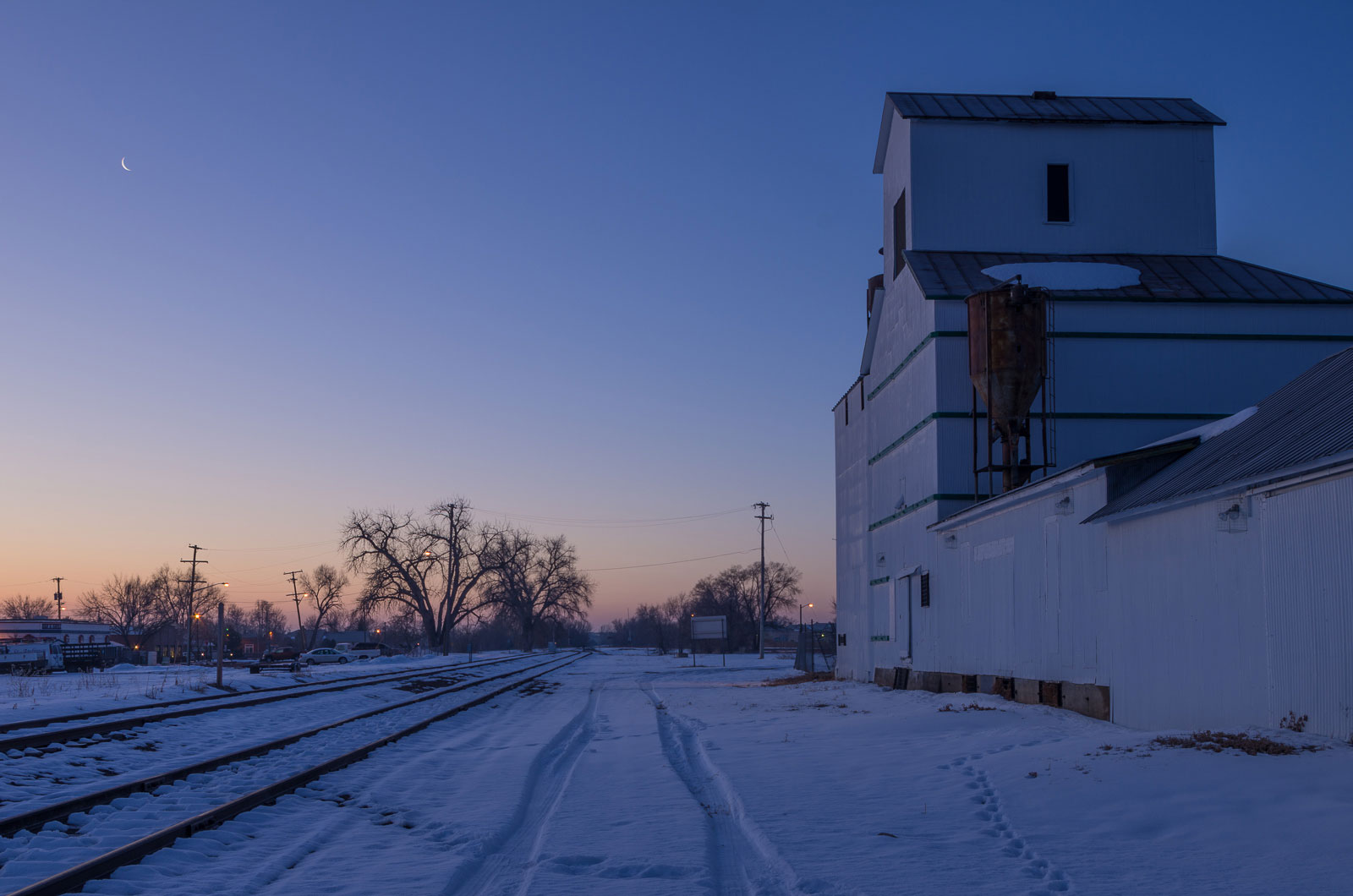
2012 proved to be a wonderful year for the project in another way, too. That was the year that I came across the grain elevator page of Gary Rich. Gary’s PBase page (http://www.pbase.com/grainelev) was full of information about the grain elevators of Colorado and many other states. It was also full of wonderful elevator imagery. Gary has since become a great friend and we have gone on many grain elevator photographing excursions together.
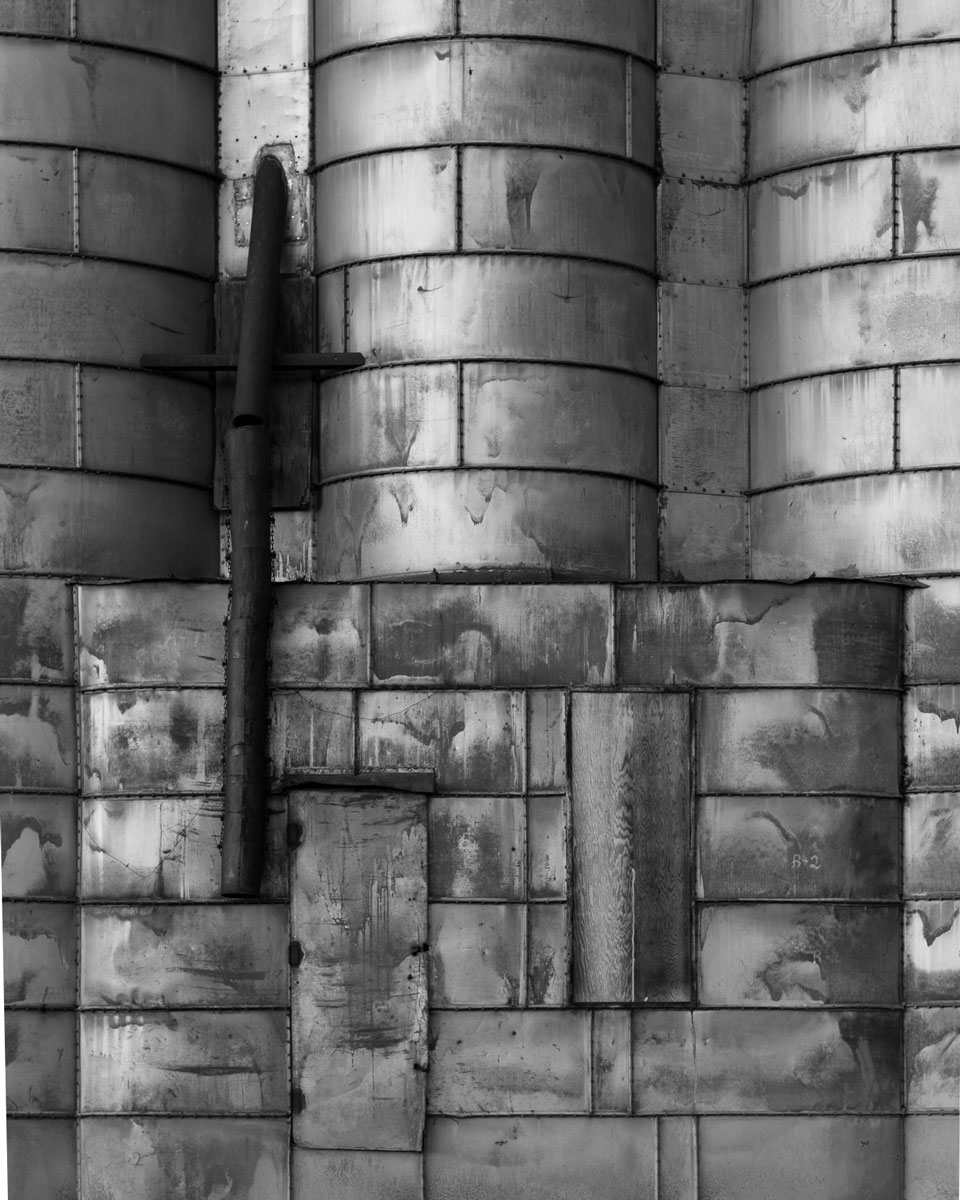
“A great photograph is one that fully expresses what one feels, in the deepest sense, about what is being photographed.” – Ansel Adams
That quote has come to embody precisely how I approach my grain elevator project now. When I take a photograph of an elevator, I’m hoping to convey exactly how these magnificent structures move me. I want the viewer to feel the same appreciation I do for them, both as beautiful buildings and as symbols of the men and women who have toiled for generations to feed the country. If I can succeed at that, the project has been worth the effort I have put into it.
Click on photograph to open in viewer
Christopher May – Photograph and text Copyright 2016
See more of Christopher’s work at Fine Art Photography by Christopher May
